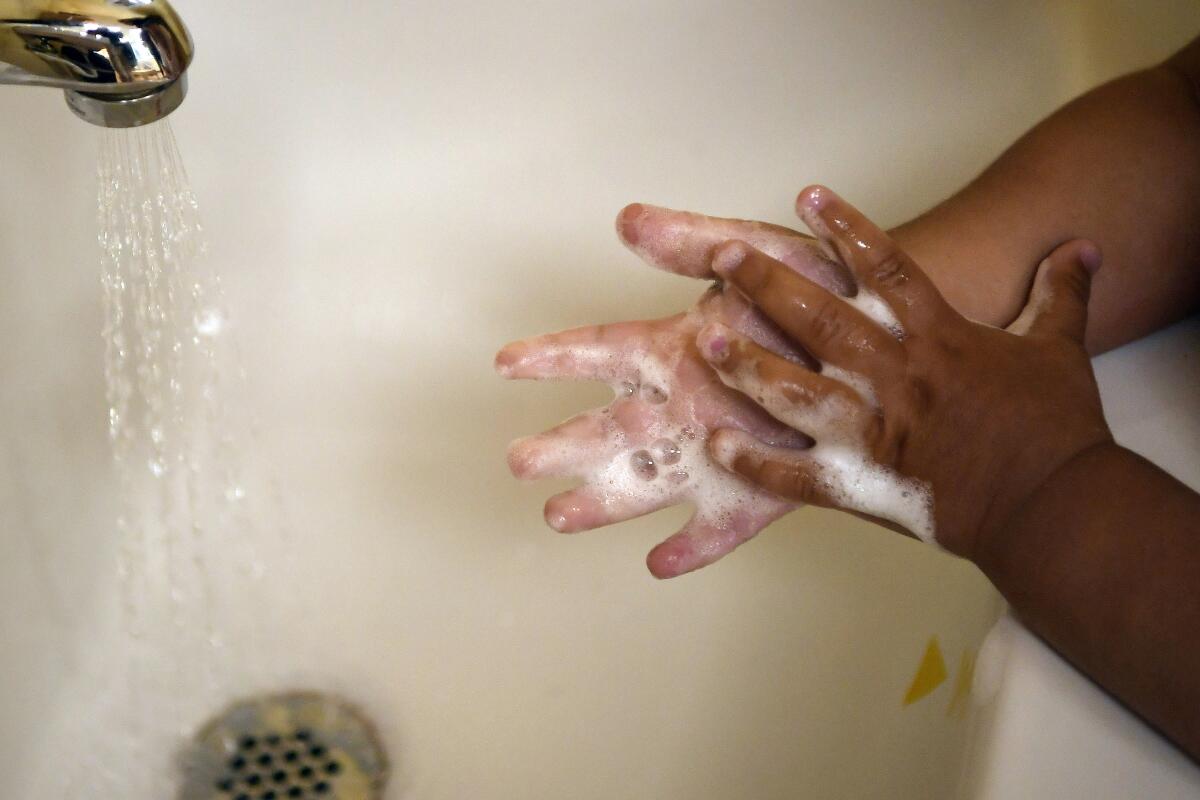Coronavirus deaths in kids echoes toll in adults, CDC says

- Share via
A detailed look at COVID-19 deaths in U.S. kids and young adults shows they mirror patterns seen in older patients.
The report, published Tuesday by the Centers for Disease Control and Prevention, examined 121 coronavirus-related deaths between Feb. 12 and July 31 in people younger than 21.
Like older Americans, many of them had at least one medical condition before they were infected, such as lung problems like asthma, obesity, heart problems or developmental conditions.
Also like older adults, deaths among younger people were also more common for those in certain racial and ethnic groups. The CDC found that among the 121 casualties, 54 were Latino, 35 were Black and 17 were white.
“It’s really pretty striking,” said Dr. Andrew Pavia, a pediatric infectious disease expert at the University of Utah, who was not involved in the CDC study. “It’s similar to what we see in adults” and may reflect many things, including that many essential workers who have to go to work are Black and Latino parents, he said.
The total number of young deaths is relatively small, representing about 0.08% of all U.S. COVID-19 deaths reported to CDC during the study period. Children and college-age adults make up 26% of the U.S. population.
Fifteen of the deaths were tied to a rare condition called multisystem inflammatory syndrome in children, which can cause swelling and heart problems.
The coronavirus can trigger a rare but serious inflammatory response that health officials are calling multi-system inflammatory syndrome in children, or MIS-C.
The report also found that nearly two-thirds of the deaths were in males, and that deaths increased with age. There were 71 deaths among those younger than 17, including a dozen infants. The remaining 50 deaths were in adults ages 18 to 20.
Scientists are still trying to understand why severe illnesses seem to become more common as children age. One theory is that young children have fewer of the ACE2 receptors on their airway surfaces that the coronavirus is able to attach to, Pavia said. Another is that children may be less prone to a dangerous overreaction by the immune system to the coronavirus, he said.
Thus far this year, the COVID-19 toll in children is lower than the number of pediatric flu deaths reported to the CDC during a typical flu season, which has been about 130 in recent years. But comparing the two is difficult for a number of reasons, including that most schools weren’t open during the spring because of the pandemic.






